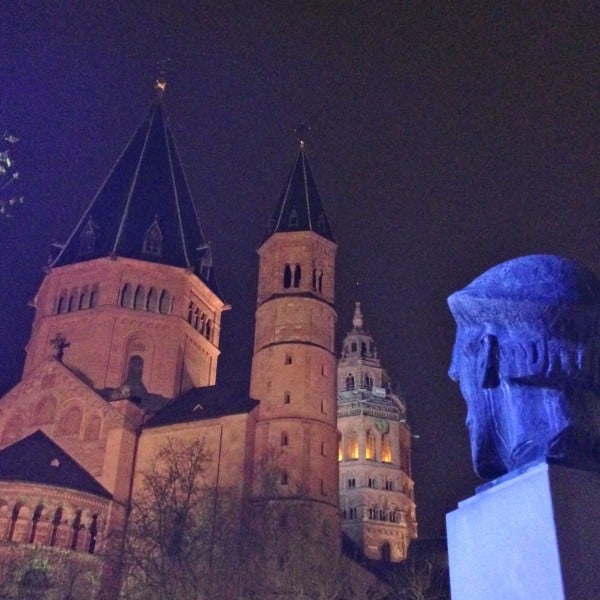
Be prepared to walk in Germany,
Germans are very practical, and everyone walks, no matter the weather. Luckily, my friend Jenny and I really love to walk and the historic part of western Germany known as Rhineland-Palatinate (German: Rheinland-Pfalz) is perfect for meandering by foot, as we found as guests of Historic Highlights of Germany. We’ve put together a list of the top ten things to do—and walk to—in the town of Mainz:
The top 1o things to do in (and on the way to) Mainz, Germany:
1. Take the DB Bahn (train) from Frankfurt and drink German beer in the food cart and converse with the locals. Look for all the grapes growing slopeside on the way to Mainz, situated between the Rheingau and the Rhein-Hesse, the two major wine growing regions of Germany. This is thanks to the Romans, who occupied the area thousands of years ago and brought with them their wine culture. Riesling is the perfect grape to grow in the cool, temperate climate, the steep slopes and the mineral rich soil, all of which add to its special flavor.
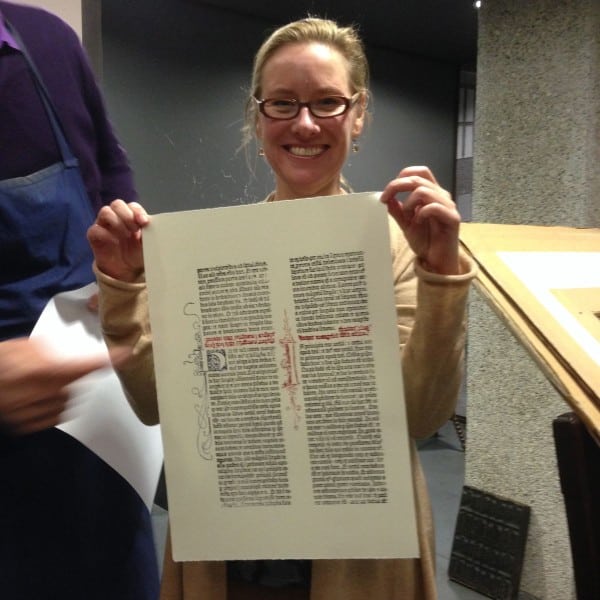
2. Germans celebrate Christmas all December long with Christmas markets set in Mainz’s Market Square, next to the historic St. Martin’s Dome. Each town has its own recipe for hot mulled wine (called Gluhwein) and gingerbread, as well. The sitting area consists of booths made from enormous wine barrels, where drinking the Gluhwein heats you up and keeps you happy (and shopping!).
3. Gutenberg Museum is named for Johannes Gutenberg, who invented the printing press with movable metal types. Our guide Brian Hauck with Historic Germany, an American born of German descent and now officially German, gave us a demo. We even helped print a page.
4. Drink Riesling in the official “wine capital of Germany” next to the Rhine. We learned all about the different types and grades of Riesling at two restaurants. Rieslings are much more complex than I had previously thought. There are Kabinett wines, light-bodied from ripe grapes; full-bodied Spätlese wines from ripe grapes during late harvest; dry Trocken wines with the lowest sugar content; and Halbtrocken wines, somewhat dry but with up to double the sugar content of Trocken wines. Lieblich wines are much sweeter. But don’t worry, the waiters are happy to let you try different types. At Weinhaus Rote Kopf, there were over 50 wines served by the glass! This is serious wine country.
5. See the Chagall windows at St. Stephen’s Church at the top of the highest hill in Mainz with your guide. St. Stephen’s was originally the site of a church in the 10th century, but the current church was built in the 14th century and heavily bombed during WWII. In 1978, the artist Marc Chagall designed the beautiful windows as a symbol of Jewish/German reconciliation.
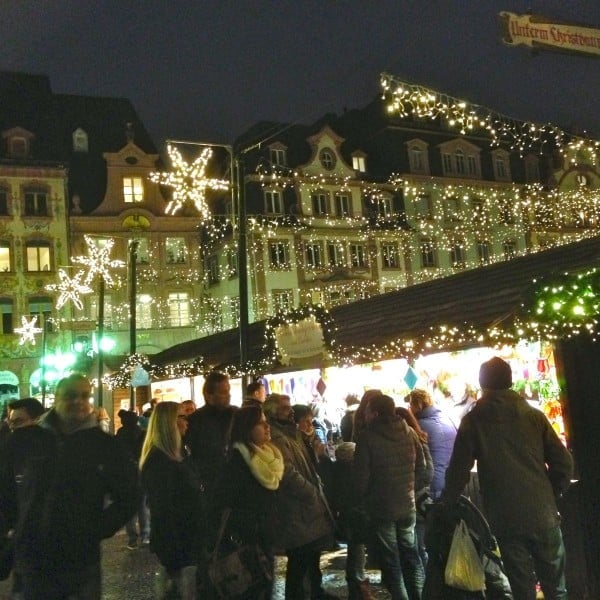
6. Enjoy the historic and beautiful buildings on Marktplatz (Market Square) in front of the St. Martin’s or Mainz Dome. The actual market is very popular with the locals and takes place every Tuesday, Friday and Saturday, except for in December when it is all about the Christmas markets.
7. Eat the spicy Mainz cheese specialty spundekäs at Haus des Deutschen Weines, served with pretzels. Have spitz cremesuppe, the best creamy wild mushroom soup I have ever had in the restaurant Weinhaus Rote Kopf (link above).
8. Visit the 1000-year-old Mainzer Dom (Mainz Cathedral), an amalgamation of different styles of architecture from Romanesque to Baroque.
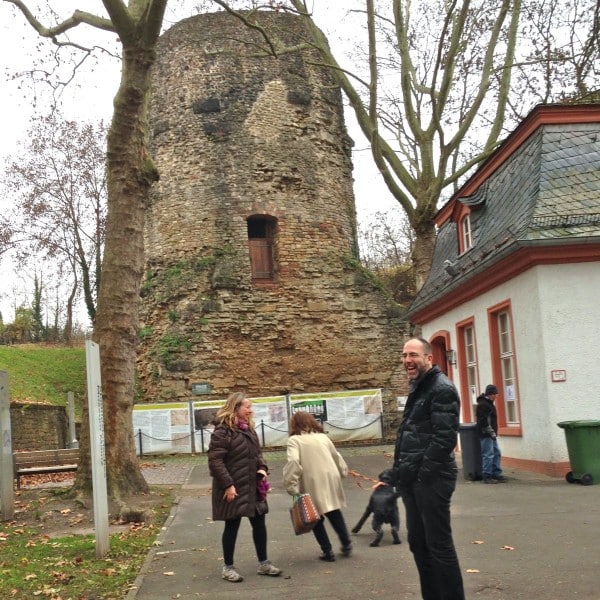
9. Sleep close to the train station in super quiet, super comfortable non-luxury(and inexpensive) InterCityHotel Mainz. Set your alarm or you’ll miss your first appointment (like we did!) thanks to the blackout curtains and sound-proof windows, which make this hotel sleep-sumptuous! Enjoy their breakfasts and espressos. If you have a bigger budget try the Hyatt located right on the Rhine River.
10. See the 2000-year-old Drususstein Tower, built in honor of Emperor Augustus’ son and Tiberius’ brother Drusus, founder of Mainz. See the other Roman ruins as well, like the remains of the 12,000-seat amphitheater near the train station—all with your guide from Historic Highlights of Germany.

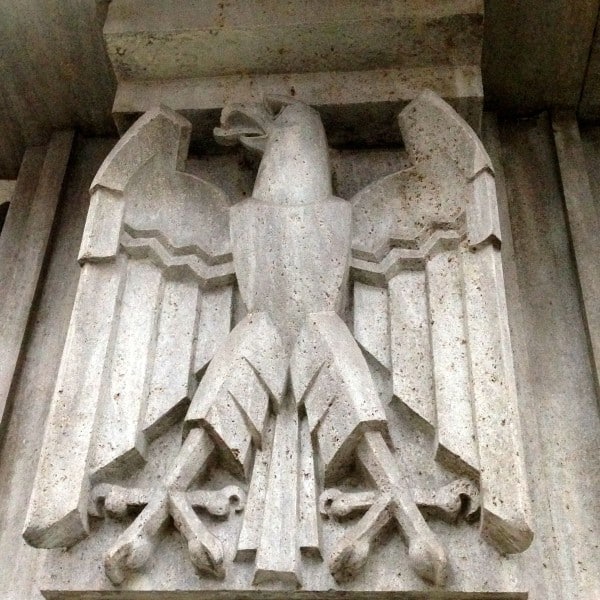
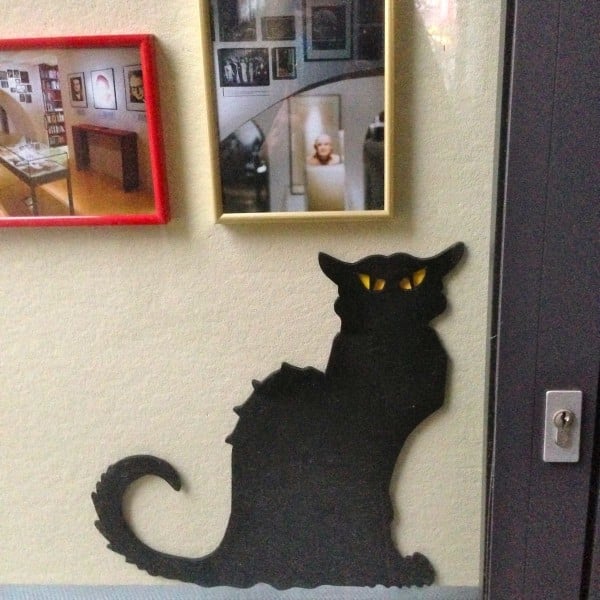
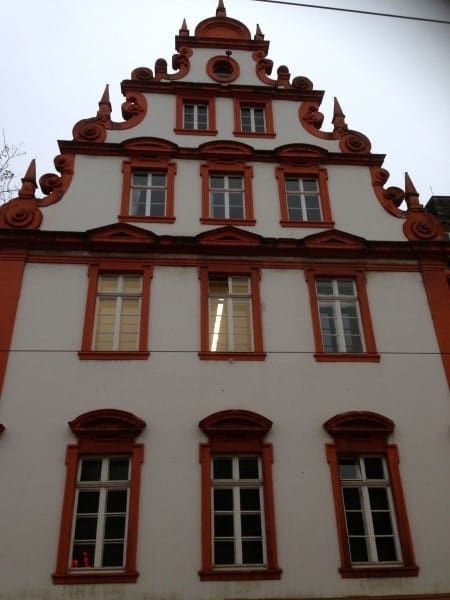
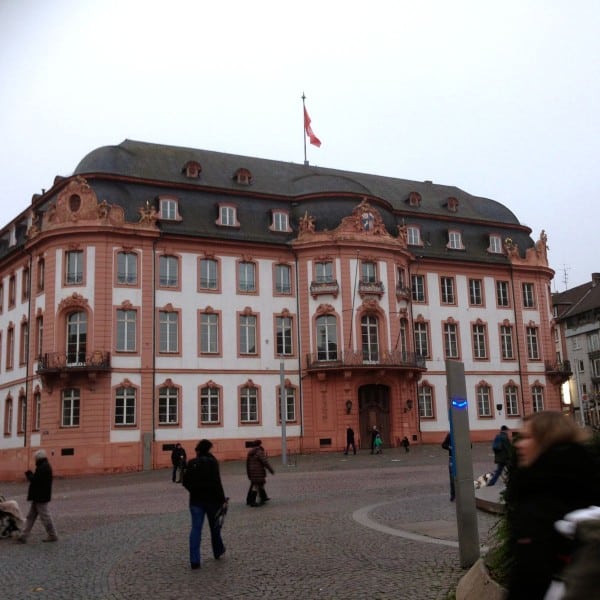
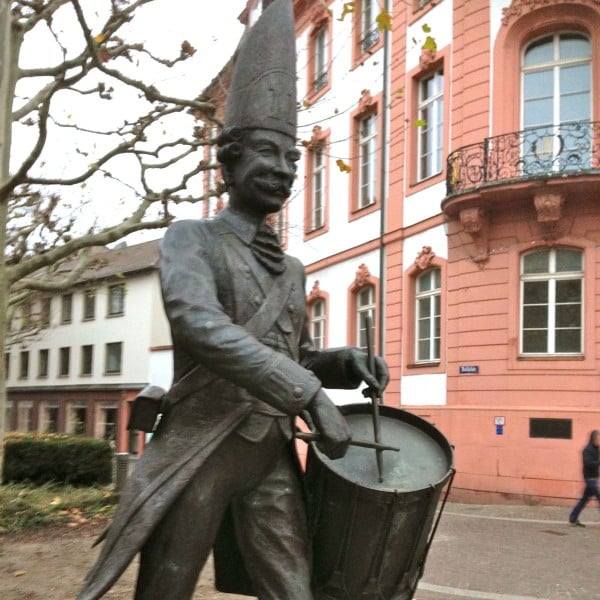
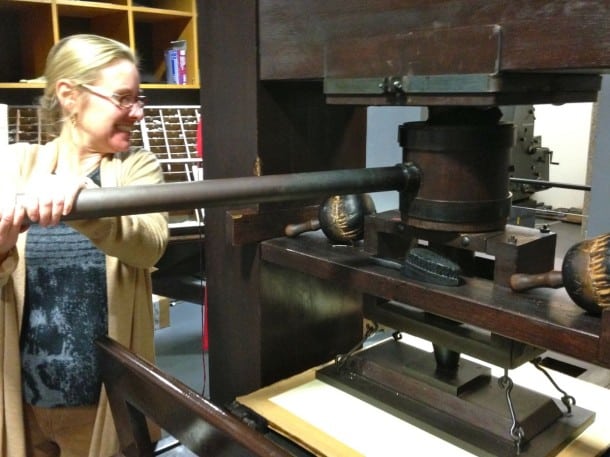
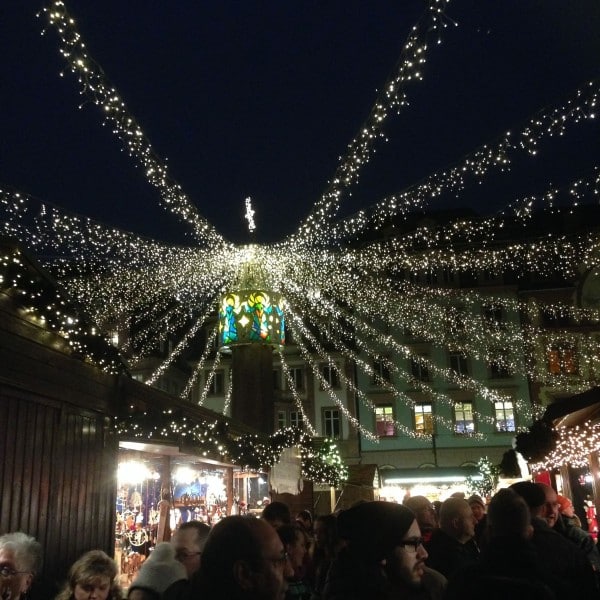
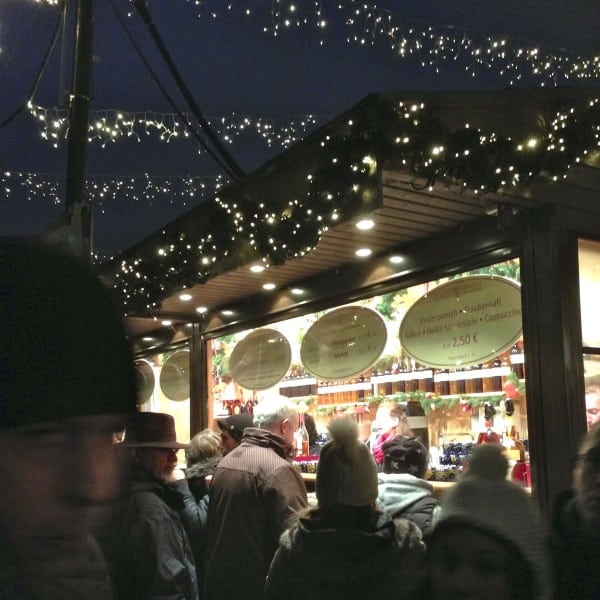
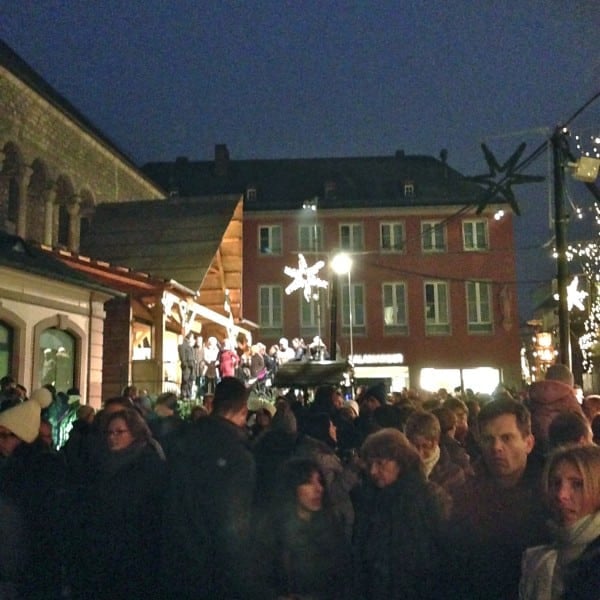

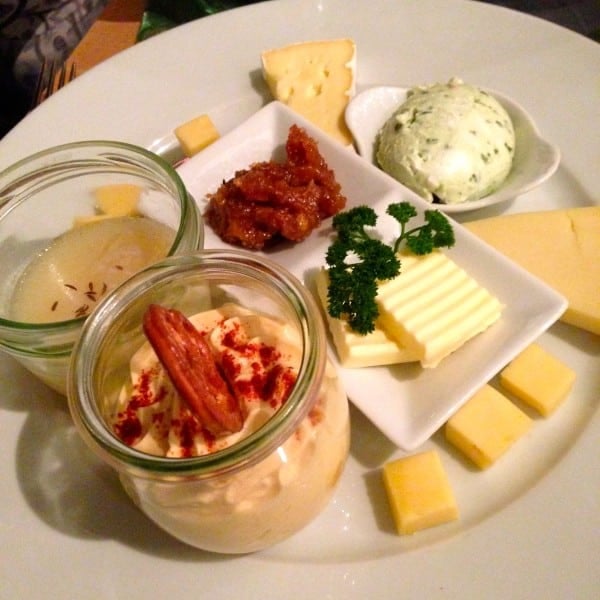
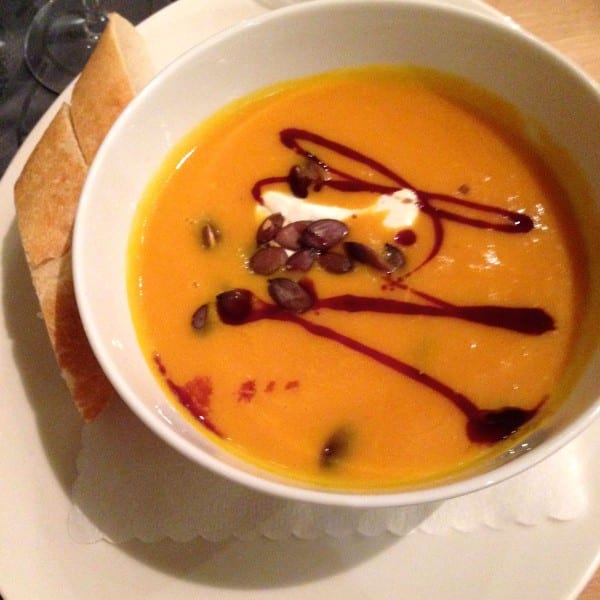
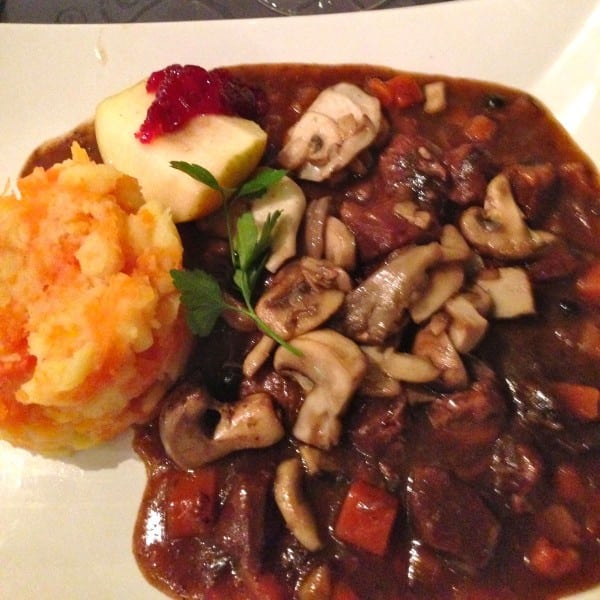
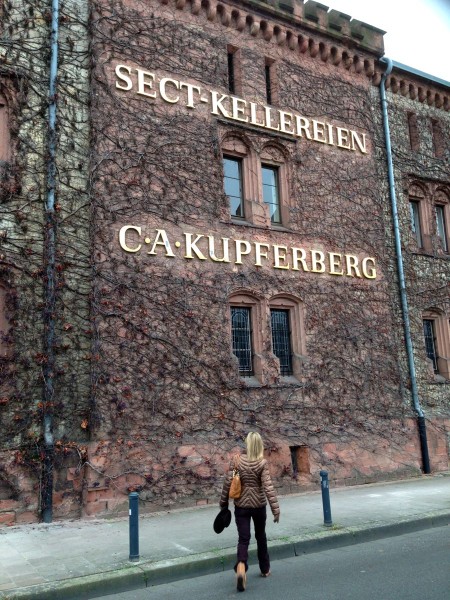
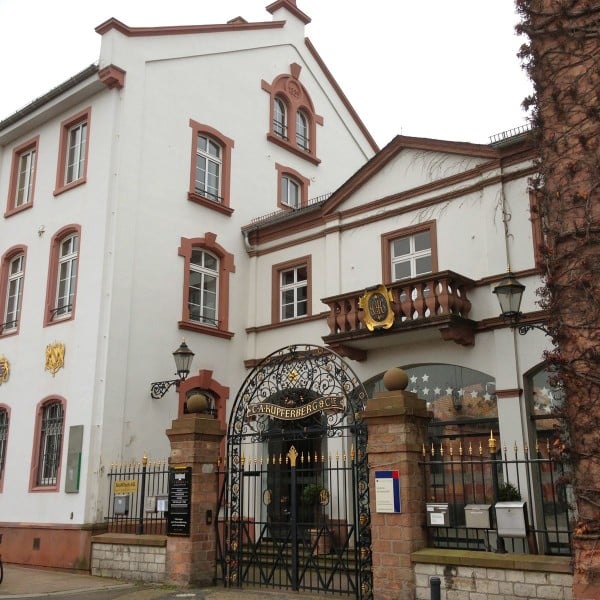

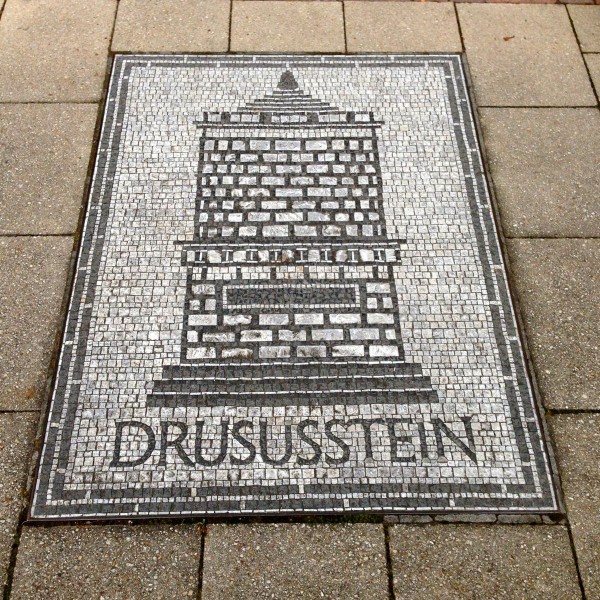
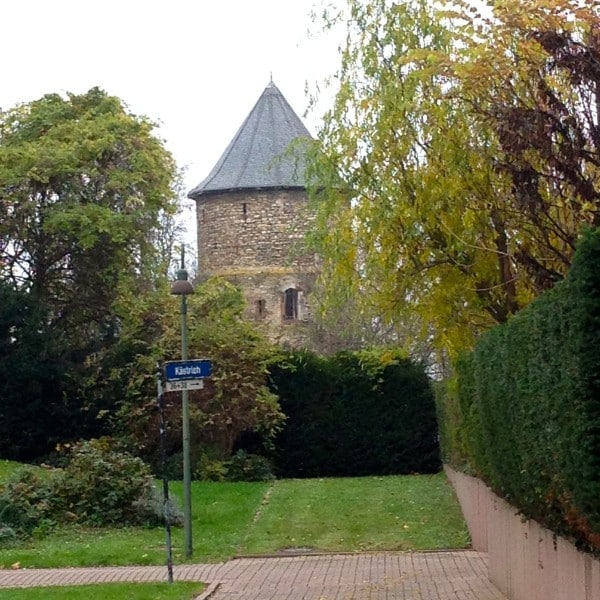

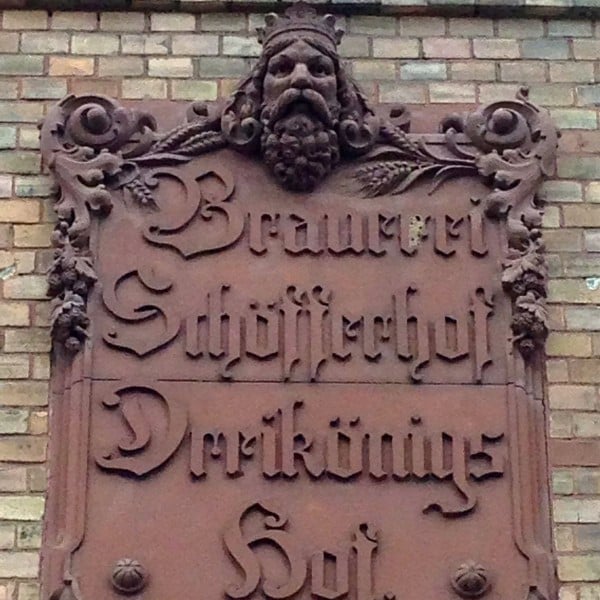

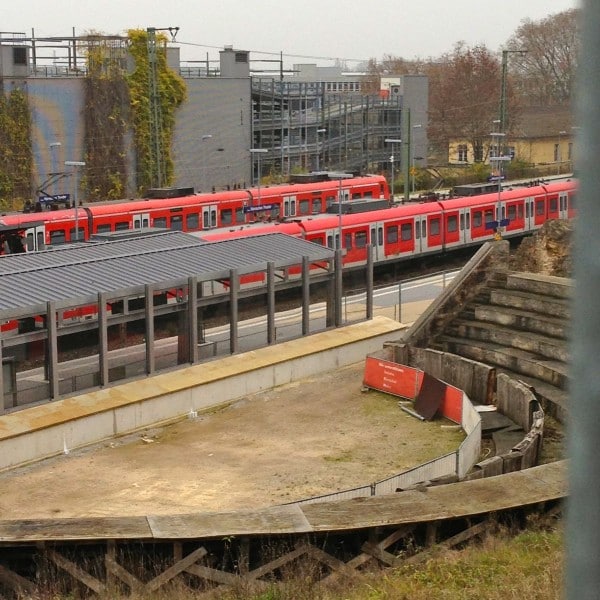
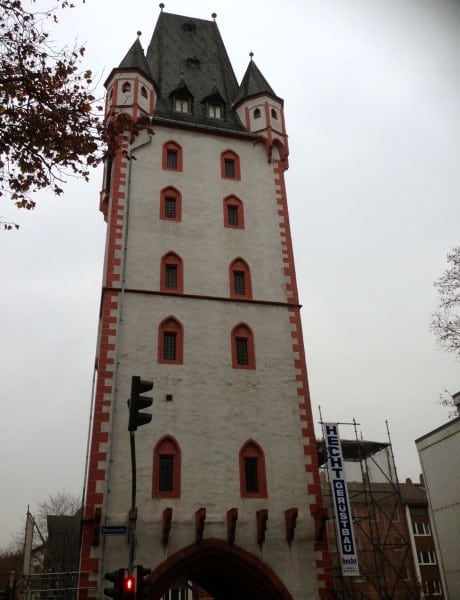
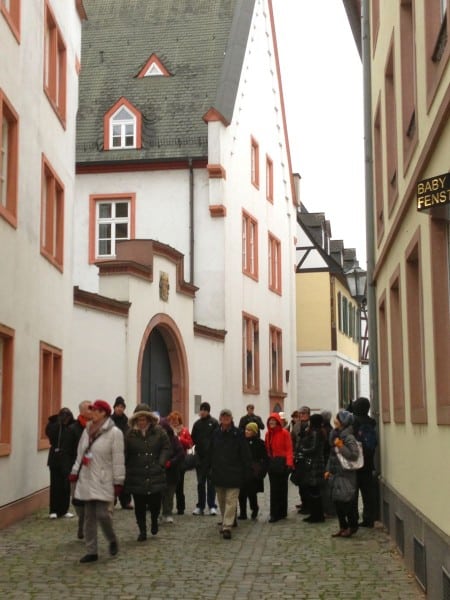

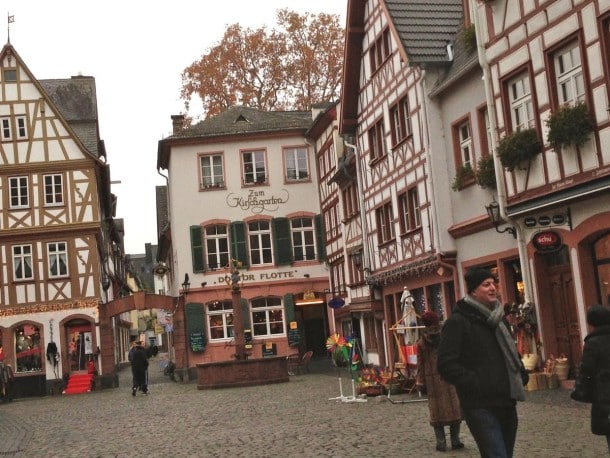
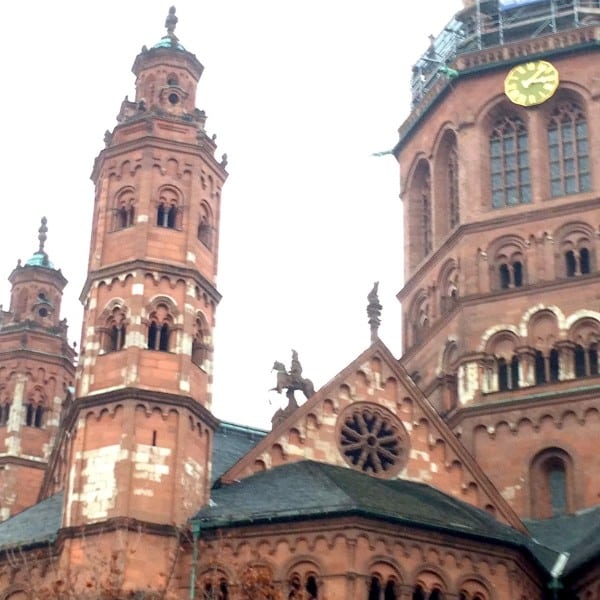
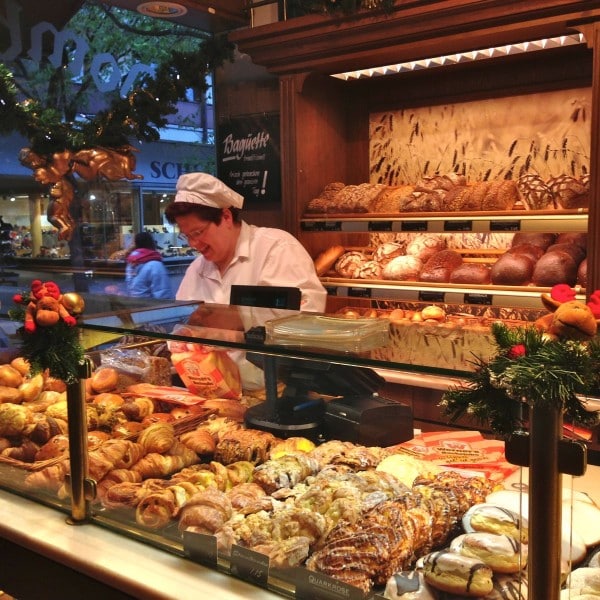
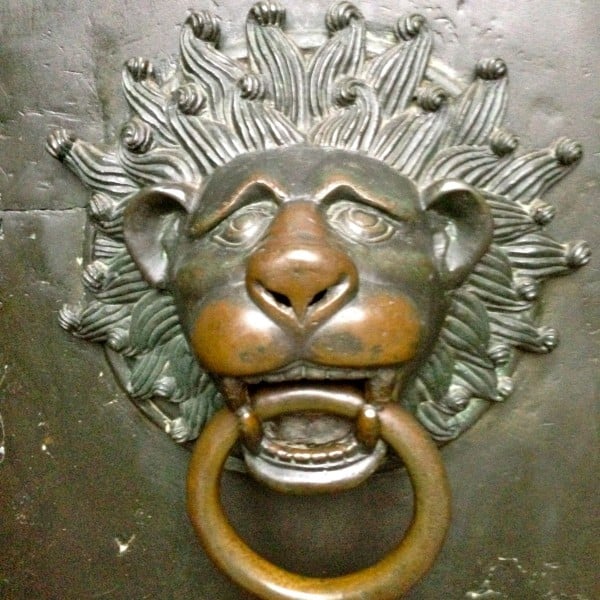
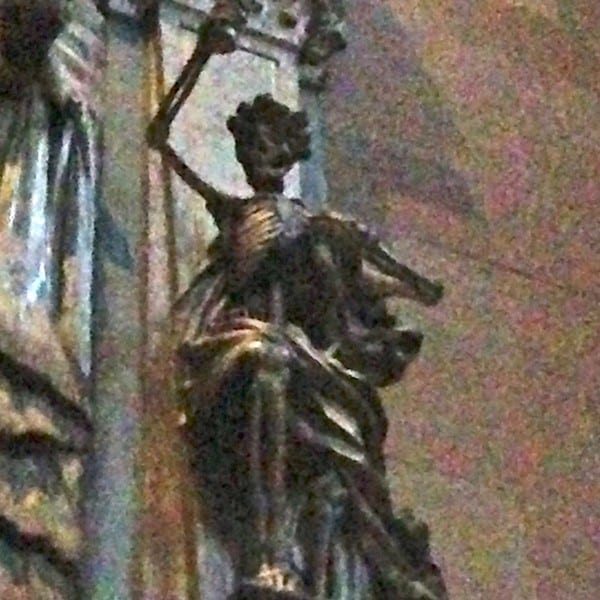
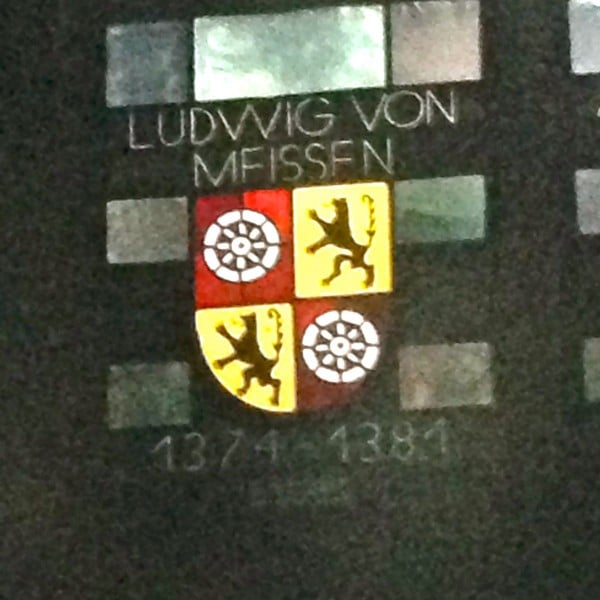
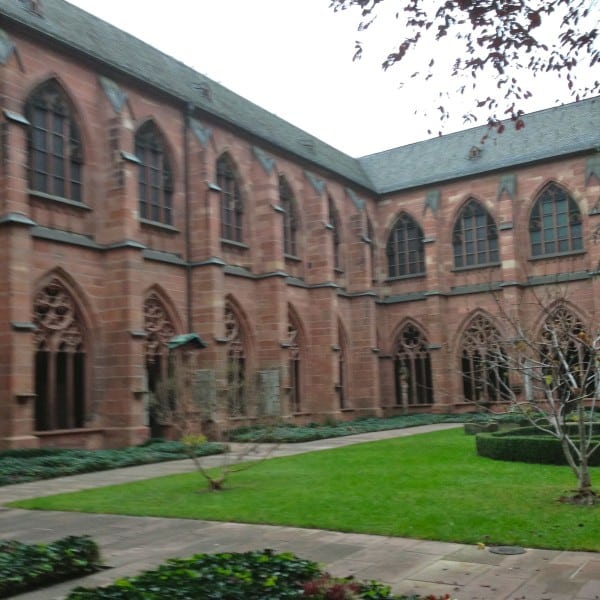
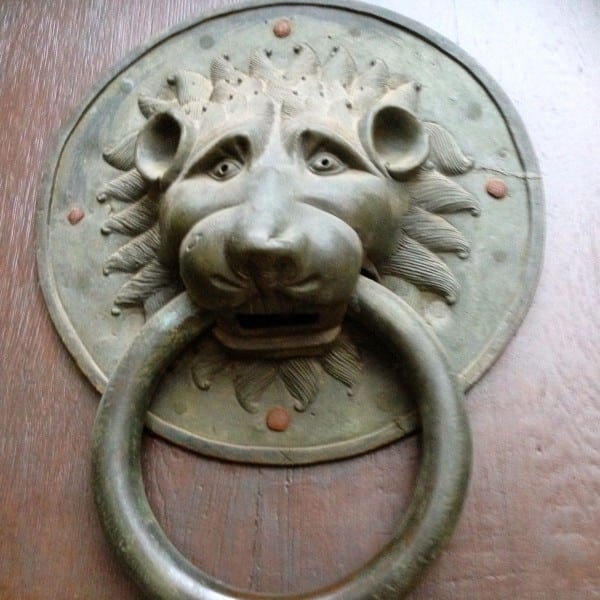
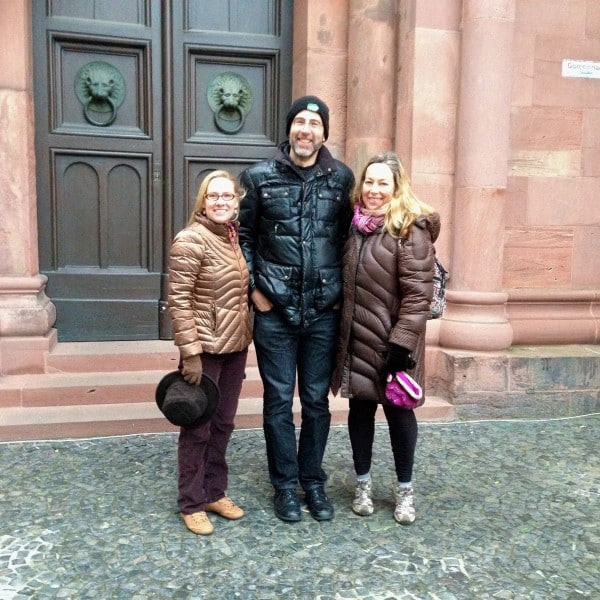
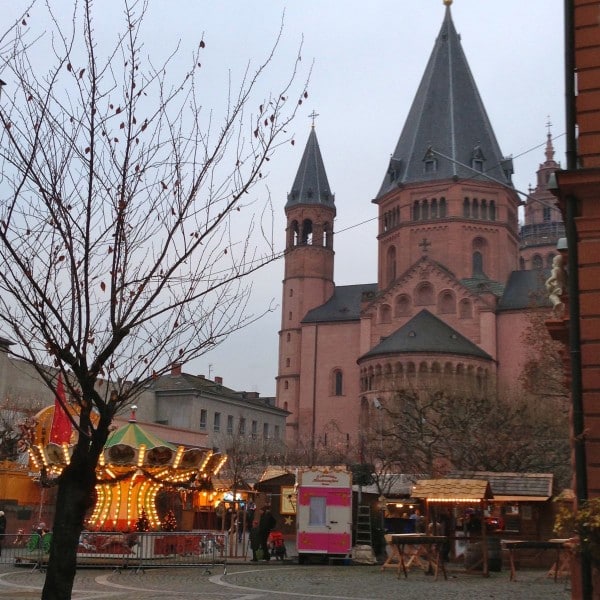
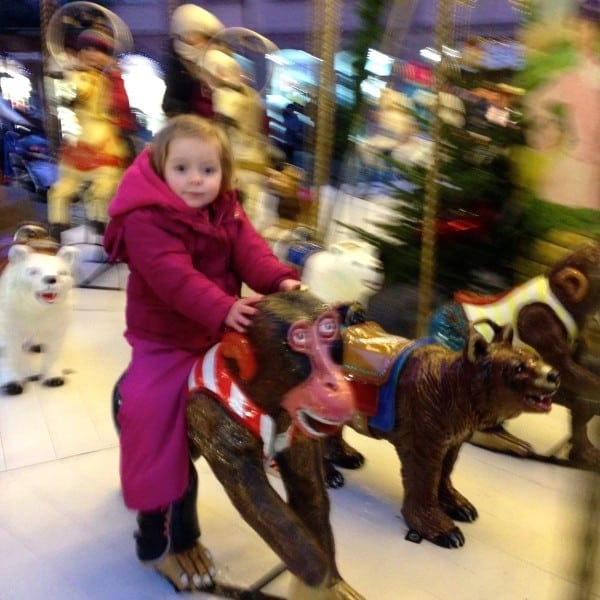
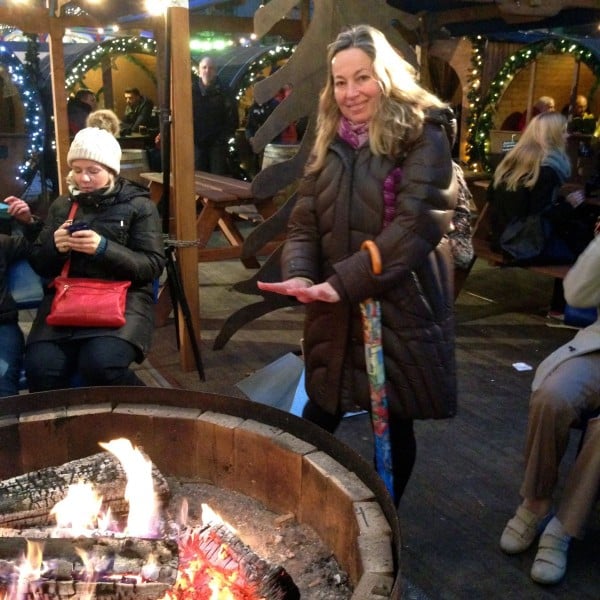
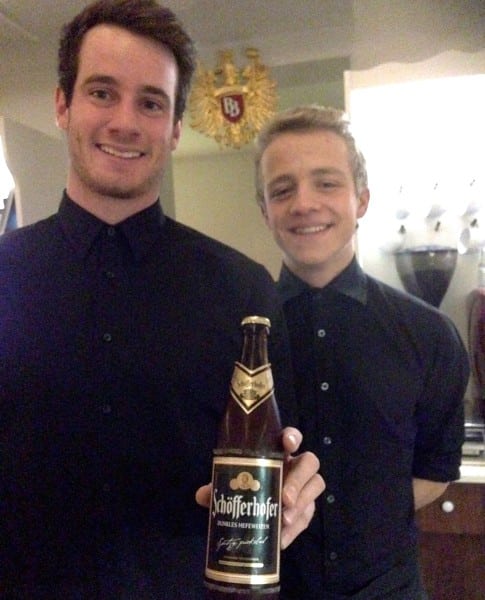

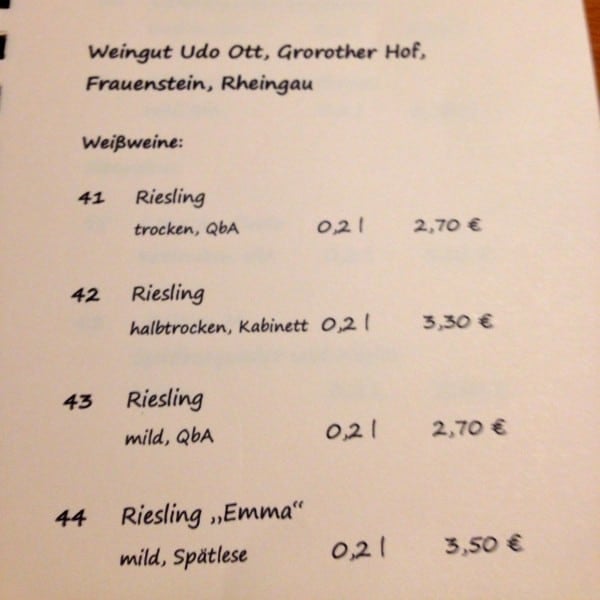
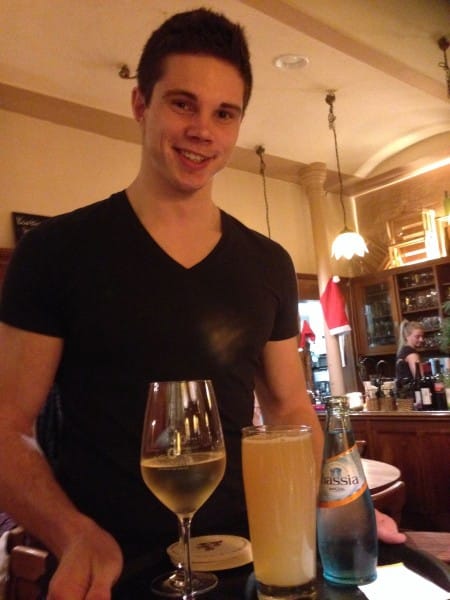
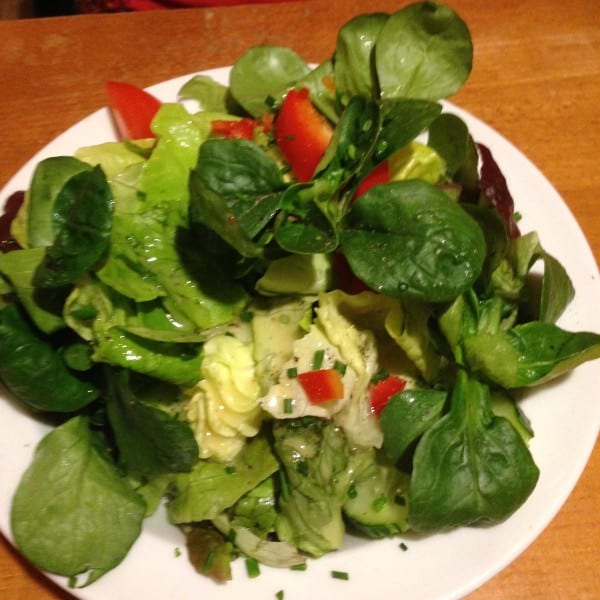
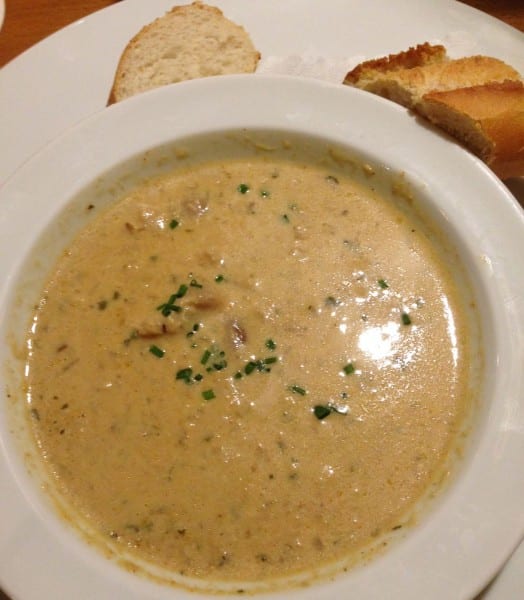
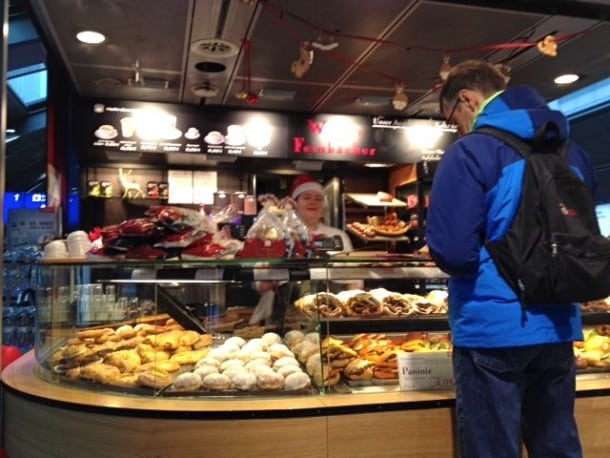
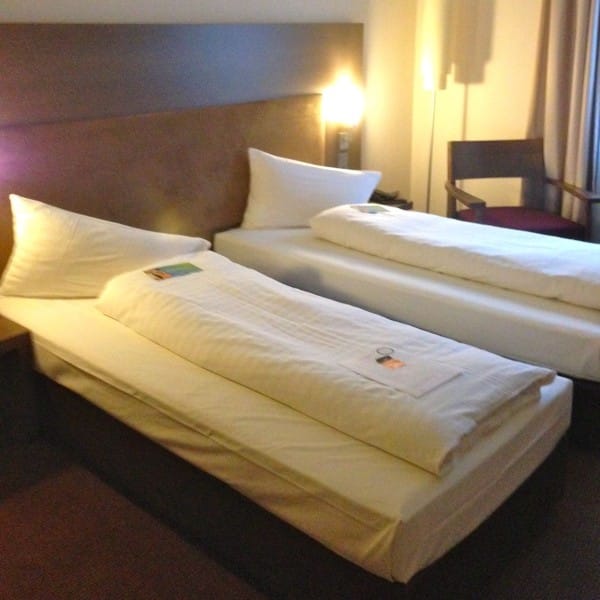
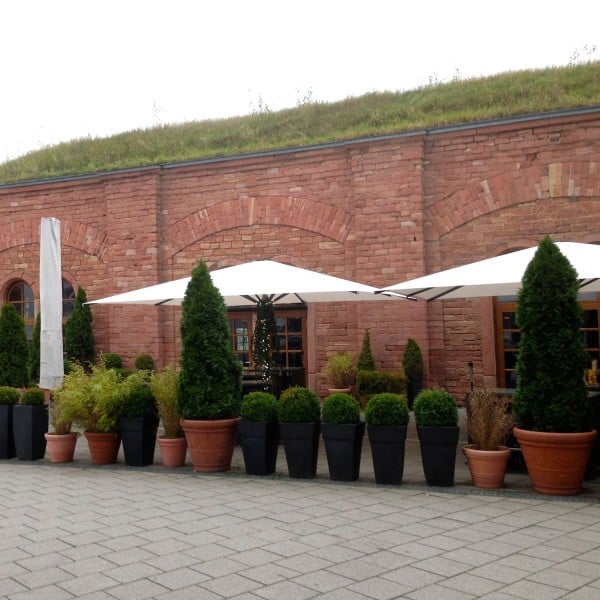
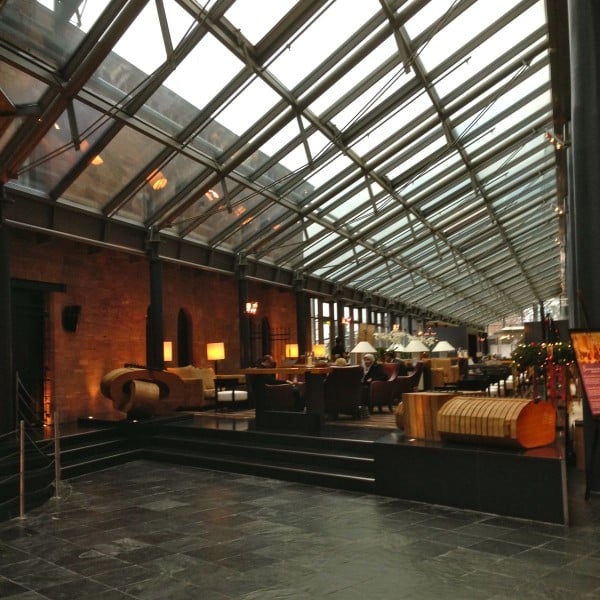
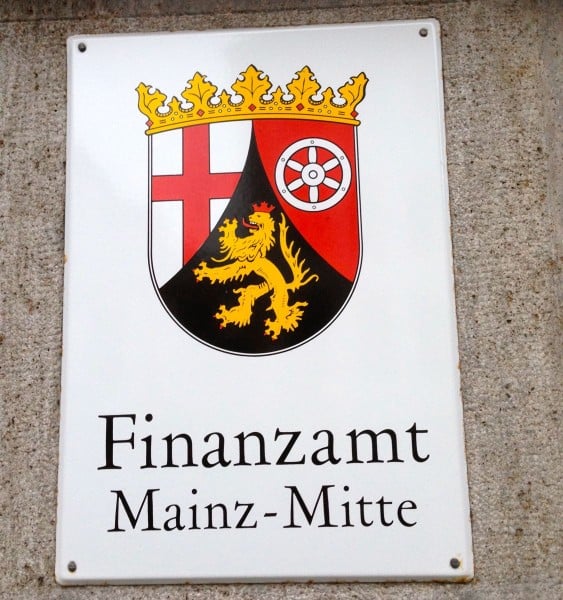
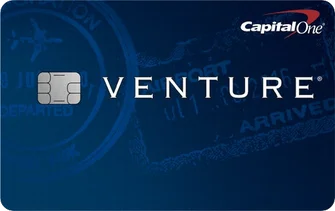
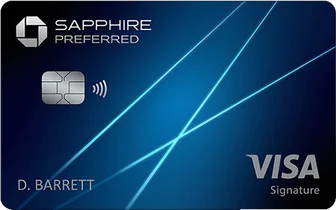
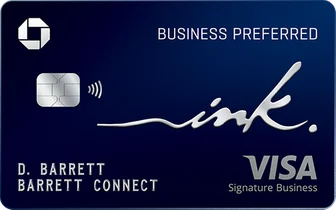
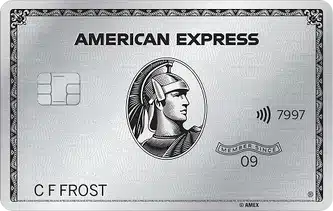
wow,
thanks for your writing about my hometown Mainz. Sometimes, we need people from outside to get a nice few of our homeplace. For me Mainz and the region around of Mainz is my home.
Thanks :-*
Elisabeh
Thank you for for the nice blog about my home town. Seems you have seen and done a lot during your stay here!
Dear Georgie Jet,
Your blog about my Hometown Mainz is very nice. But You missunderstood something. Westphalia is only the name of a part of the German State North Rhine-Westphalia, but it isn’t the name for whole West Germany. (http://en.wikipedia.org/wiki/North_Rhine-Westphalia).
The Designation West Germany is used for the Federal Republic of Germany before the German reunification in October 1990. (http://en.wikipedia.org/wiki/German_reunification). And the former German Democratic Repubic has been called East Germany.
About Mainz You can find some more informations in this Wikipedia article:
http://en.wikipedia.org/wiki/Mainz
Greetings from Mainz
Christian Jansen
Hello Georgie, thanks for that nice Text about my hometown Mainz. It is nice to see, that you had so much fun.
But, a little mistake has occured in your text – Mainz is the Capital of Rhineland-Palatinate, not of Westphalia. It is kind of slight for us :-)
Best wishes from Mainz,
Susanne
Ok thank you Susanne and Christian. I definitely learned something. We toured 5 town in 7 days and I was under the wrong impression about them being all part of Westphalia. I know that Münster and Osnabrück are part of Westphalia. I am assuming by slight, you mean there is a rivalry between the two regions. But the wine is great on both sides!